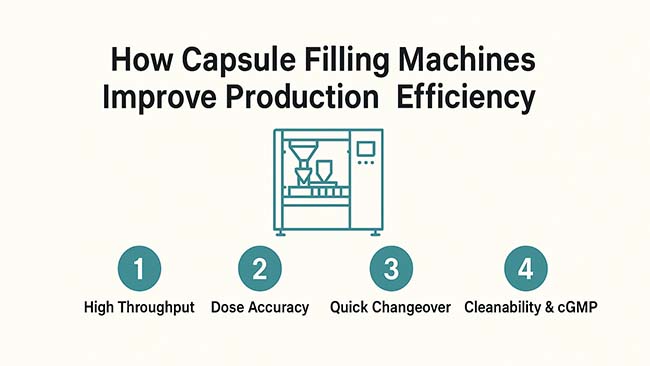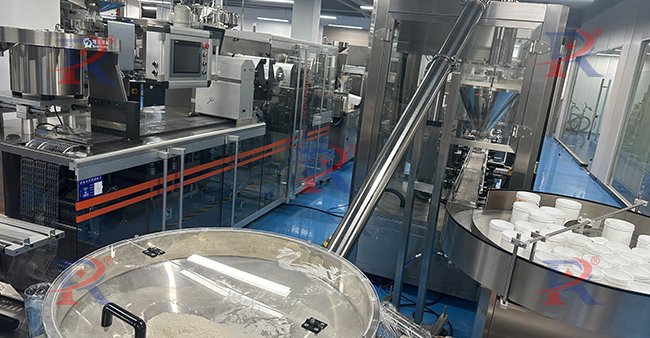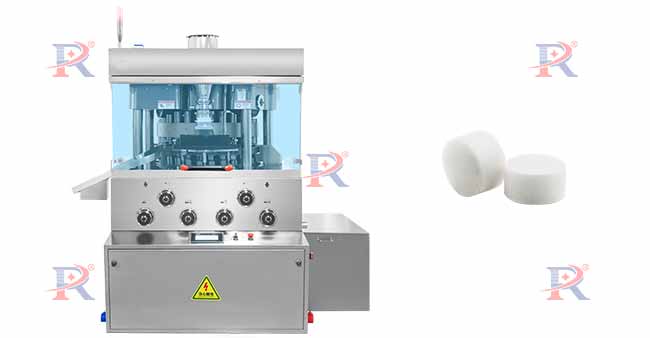Όταν πρόκειται για φαρμακευτική συσκευασία, η προστασία των προϊόντων σας από περιβαλλοντικούς παράγοντες όπως η υγρασία, το φως και το οξυγόνο είναι απαραίτητη. Δύο από τους πιο ευρέως χρησιμοποιούμενους τύπους συσκευασίας είναι το Alu-Alu και το Alu-PVC. Κάθε ένας έχει ξεχωριστές ιδιότητες, εφαρμογές και οφέλη. Η κατανόηση αυτών των διαφορών θα σας βοηθήσει να λάβετε μια τεκμηριωμένη απόφαση που ταιριάζει καλύτερα στις ανάγκες του προϊόντος σας. Ας εμβαθύνουμε στο πώς συγκρίνονται αυτοί οι δύο τύποι και ποιος μπορεί να είναι ο καταλληλότερος για τις απαιτήσεις συσκευασίας σας.
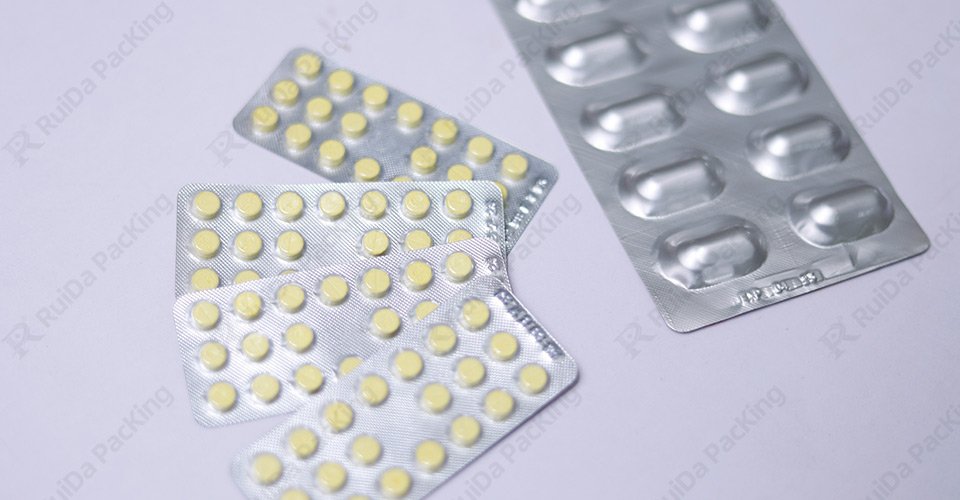
Τι είναι οι συσκευασίες Alu-Alu και Alu-PVC;
Συσκευασία Alu-Alu
Η συσκευασία Alu-Alu, γνωστή και ως συσκευασία ψυχρής διαμόρφωσης σε φύλλο αλουμινίου, κατασκευάζεται από δύο στρώσεις φύλλου αλουμινίου. Αυτή η δομή παρέχει απαράμιλλη προστασία, προστατεύοντας το προϊόν σας από την υγρασία, το φως και το οξυγόνο. Εάν πρόκειται για ευαίσθητα ή υψηλής αξίας προϊόντα, αυτός ο τύπος συσκευασίας θεωρείται συχνά το χρυσό πρότυπο.
Αλουμινίου-PVC Συσκευασία
Αντίθετα, η συσκευασία Alu-PVC χρησιμοποιεί έναν συνδυασμό αλουμινόχαρτου και πολυβινυλοχλωριδίου (PVC). Το στρώμα PVC προσθέτει ευελιξία και μειώνει το κόστος, καθιστώντας το μια δημοφιλή επιλογή για λιγότερο ευαίσθητα προϊόντα. Παρόλο που δεν προσφέρει το ίδιο επίπεδο προστασίας με το Alu-Alu, εξακολουθεί να είναι εξαιρετικά αποτελεσματικό για τα περισσότερα φαρμακευτικά προϊόντα, εξισορροπώντας την απόδοση και την προσιτή τιμή.
Βασικές διαφορές μεταξύ Alu-Alu και Alu-PVC
1. Υλικό Σύνθεση
- Άλου-ΆλουΚατασκευασμένο με δύο στρώσεις αλουμινίου, δημιουργώντας ένα αδιαπέραστο φράγμα.
- Αλουμινίου-PVCΣυνδυάζει αλουμινόχαρτο με ένα στρώμα PVC, το οποίο είναι λιγότερο πυκνό και προστατευτικό αλλά πιο εύκαμπτο.
Η διαφορά υλικού επηρεάζει άμεσα τις ιδιότητες φραγμού και το κόστος τους. Το Alu-Alu δεν εξασφαλίζει διαπερατότητα, ενώ το Alu-PVC προσφέρει μέτρια προστασία.
2. Προστασία Δυνατότητες
Για προϊόντα ευαίσθητα στην υγρασία ή το οξυγόνο, το Alu-Alu είναι η ιδανική επιλογή. Τα διπλά στρώματα αλουμινίου αποτρέπουν την έκθεση σε περιβαλλοντικούς παράγοντες που θα μπορούσαν να υποβαθμίσουν το προϊόν. Το Alu-PVC, ενώ προσφέρει αξιοπρεπή προστασία, ενδέχεται να μην παρέχει επαρκή ασφάλεια για εξαιρετικά ευαίσθητες συνθέσεις.
Χαρακτηριστικό | Άλου-Άλου | Αλουμινίου-PVC |
Προστασία από την υγρασία | Εξοχος | Καλός |
Προστασία από το φως | Εξοχος | Μέτριος |
Φράγμα οξυγόνου | Πλήρης | Μερικός |
3. Κόστος Αποδοτικότητα
Η συσκευασία Alu-Alu είναι πιο ακριβή λόγω του υψηλού κόστους του αλουμινίου και της πολυπλοκότητας της διαδικασίας κατασκευής του. Εάν εργάζεστε με περιορισμένο προϋπολογισμό και το προϊόν σας δεν απαιτεί προστασία βαρέως τύπου, το Alu-PVC παρέχει μια πιο οικονομική εναλλακτική λύση.
4. Καταλληλότητα προϊόντος
- Άλου-ΆλουΙδανικό για ευαίσθητα και υψηλής αξίας προϊόντα, όπως ορισμένα φάρμακα, βιταμίνες και συμπληρώματα. Αυτά τα προϊόντα απαιτούν αεροστεγές και αδιάβροχο περιβάλλον.
- Αλουμινίου-PVCΚατάλληλο για λιγότερο ευαίσθητα φάρμακα, όπως δισκία ή κάψουλες χωρίς ιατρική συνταγή, τα οποία δεν χρειάζονται την απόλυτη προστασία που παρέχει το Alu-Alu.
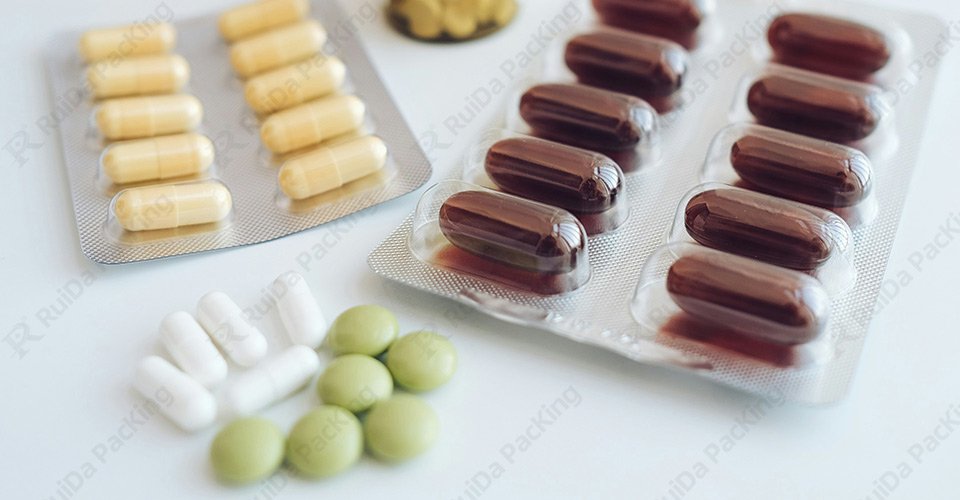
Πλεονεκτήματα και μειονεκτήματα
Πλεονεκτήματα της συσκευασίας Alu-Alu
- Ανώτερη προστασίαΗ κατασκευή αλουμινίου διπλής στρώσης της Alu-Alu προσφέρει τις καλύτερες ιδιότητες φραγμού.
- Εκτεταμένη διάρκεια ζωήςΑν στοχεύετε στη διατήρηση της αποτελεσματικότητας του προϊόντος σας για μεγάλο χρονικό διάστημα, το Alu-Alu είναι ασυναγώνιστο.
- Υψηλή ανθεκτικότηταΤα στρώματα αλουμινίου διασφαλίζουν ότι ακόμη και υπό ακραίες περιβαλλοντικές συνθήκες, το προϊόν σας παραμένει άθικτο.
Μειονεκτήματα της συσκευασίας Alu-Alu
- Υψηλό κόστοςΑυτό το επίπεδο προστασίας δεν είναι φθηνό. Είναι πιο κατάλληλο για προϊόντα υψηλής ποιότητας ή κρίσιμης σημασίας.
- Άκαμπτος ΣχεδιασμόςΤο Alu-Alu είναι λιγότερο ευέλικτο όσον αφορά το σχήμα και τη δομή, περιορίζοντας ορισμένες επιλογές σχεδιασμού.
Πλεονεκτήματα της συσκευασίας Alu-PVC
- Οικονομικά αποδοτικόΗ συμπερίληψη PVC καθιστά τη συσκευασία πιο προσιτή.
- Μεγαλύτερη ευελιξίαΤο PVC επιτρέπει ποικίλες επιλογές σχεδιασμού και προσαρμοστικότητα σε διαφορετικούς τύπους προϊόντων.
- Ευρέως διαθέσιμοΗ οικονομική του αποδοτικότητα το καθιστά μία από τις πιο συχνά χρησιμοποιούμενες επιλογές στη φαρμακευτική συσκευασία.
Μειονεκτήματα της συσκευασίας Alu-PVC
- Κάτω ΦράγμαΗ αντοχή στην υγρασία και το οξυγόνο δεν είναι τόσο ισχυρή όσο το Alu-Alu.
- Περιβαλλοντικές ανησυχίεςΤο PVC δεν είναι τόσο φιλικό προς το περιβάλλον όσο το αλουμίνιο.
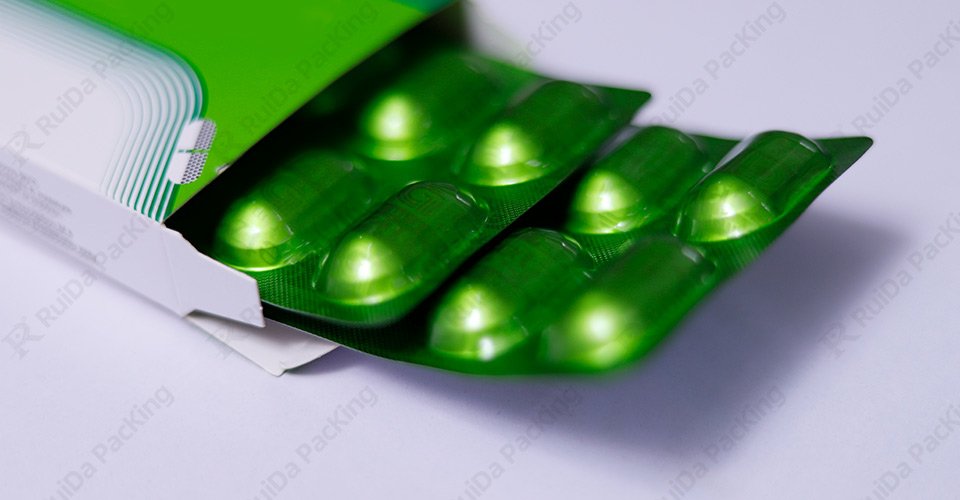
Εφαρμογές συσκευασίας Alu-Alu και Alu-PVC
Εφαρμογές συσκευασίας Alu-Alu
Αυτός ο τύπος συσκευασίας προτιμάται ιδιαίτερα σε βιομηχανίες όπου η ακεραιότητα του προϊόντος είναι ζωτικής σημασίας. Για παράδειγμα:
- Φαρμακευτικά προϊόνταΠροϊόντα όπως αντιφλεγμονώδη φάρμακα, αντιβιοτικά και ορμονικά χάπια επωφελούνται από τη συσκευασία Alu-Alu επειδή διασφαλίζει ότι δεν υπάρχει μόλυνση.
- Συμπληρώματα διατροφήςΟι βιταμίνες και τα μέταλλα συχνά απαιτούν μέγιστη προστασία για να διατηρήσουν την ισχύ τους με την πάροδο του χρόνου.
Εφαρμογές συσκευασίας αλουμινίου-PVC
Η συσκευασία αλουμινίου-PVC είναι μια επιλογή για πιο γενικά ή ευρέως διανεμημένα προϊόντα:
- Καθημερινά ΦάρμακαΤα παυσίπονα, τα αντιόξινα και τα φάρμακα για το κρυολόγημα συνήθως δεν απαιτούν την προηγμένη προστασία της Alu-Alu.
- Μη ευαίσθητα προϊόνταΤα προϊόντα που επηρεάζονται λιγότερο από το φως ή την υγρασία ταιριάζουν καλά με τις συσκευασίες Alu-PVC, χάρη στην προσιτή τιμή τους και την επαρκή στεγανότητά τους.
Περιβαλλοντικές Σκέψεις
Συσκευασία Alu-Alu
Το αλουμίνιο είναι ανακυκλώσιμο, γεγονός που το καθιστά μια πιο βιώσιμη επιλογή μακροπρόθεσμα. Ωστόσο, η ενεργοβόρα διαδικασία κατασκευής του μπορεί να συμβάλει στον περιβαλλοντικό του αντίκτυπο. Εάν προτιμάτε την Alu-Alu, σκεφτείτε να συνεργαστείτε με προμηθευτές που χρησιμοποιούν ανακυκλωμένο αλουμίνιο για να μειώσετε το οικολογικό σας αποτύπωμα.
Συσκευασία αλουμινίου-PVC
Το PVC είναι λιγότερο φιλικό προς το περιβάλλον λόγω της μη βιοδιασπώμενης φύσης του και των προκλήσεων που αντιμετωπίζει με την ανακύκλωση. Ενώ αποτελεί μια οικονομική επιλογή, ενδέχεται να μην ευθυγραμμίζεται με τους αυστηρότερους περιβαλλοντικούς κανονισμούς ή τους στόχους βιωσιμότητας στο μέλλον.
Σύναψη
Η επιλογή μεταξύ συσκευασίας Alu-Alu και Alu-PVC εξαρτάται τελικά από τις συγκεκριμένες ανάγκες του προϊόντος σας. Εάν η μέγιστη προστασία είναι αδιαπραγμάτευτη, το Alu-Alu είναι ο σαφής νικητής, αν και έχει υψηλότερο κόστος. Για πιο οικονομικές επιλογές με μέτρια προστασία, το Alu-PVC είναι μια εξαιρετική επιλογή. Κατανοώντας τις βασικές διαφορές στο υλικό, τις δυνατότητες φραγμού, το κόστος και τις περιβαλλοντικές επιπτώσεις, μπορείτε να αποφασίσετε με σιγουριά ποια λύση συσκευασίας ταιριάζει καλύτερα στο προϊόν σας. Να δίνετε πάντα προτεραιότητα σε ό,τι έχει μεγαλύτερη σημασία για την ακεραιότητα του προϊόντος σας και τις προσδοκίες των πελατών σας.
